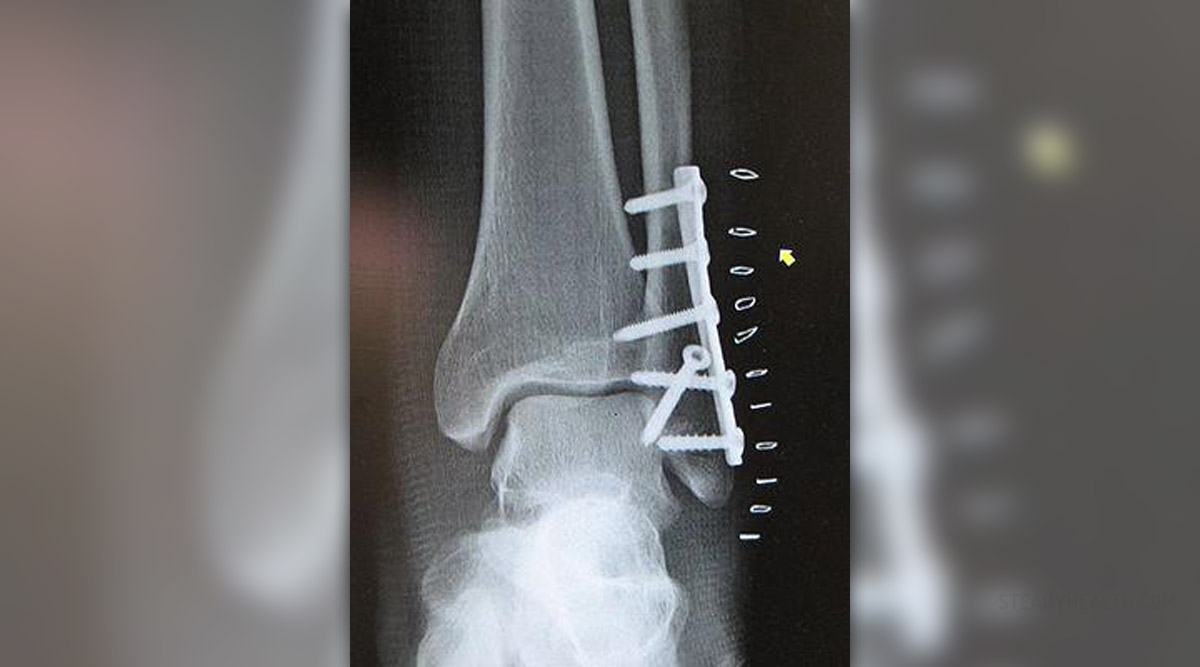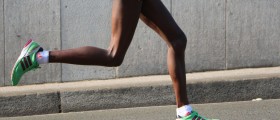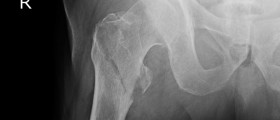The fibula is a thin bone in the shin. The shin comprises two bones, the tibia, the wider and thicker bone, and the fibula, a quite thin bone. This explains why any kind of severe injury or trauma to the shin actually leads to a fracture of the fibula more than a fracture of the tibia.
Fractured fibula is a serious injury because the bone is surrounded by many blood vessels and nerves and bone fragments may cause damage to these structures. The actual length of recovery time after such fracture may extend up to 9-12 weeks.
Causes of Fibula Fracture
The fibula gets fractured due to rolling of the ankle, especially if significant weight-bearing forces are involved. Furthermore, the fracture may occur due to an awkward landing from a jump or a fall. A fibular fracture may even result from a direct blow to the outer lower leg or the ankle.
According to the previously mentioned it is obvious that this type of fracture is most commonly associated with sports injuries particularly if an individual is engaged in sports such as football, soccer, rugby, basketball, etc. The risk of fibular fracture is increased in older people suffering from osteoporosis.
Symptoms of Fibula Fracture
This type of fracture is commonly associated with inflammation and softness of the lower part of the leg. Pain and discomfort occur almost instantly and they aggravate while walking or applying stress on the lower leg.
At the very time of injury, pain is usually described as sharp and intensive. It can be quite severe so patients end up limping. The injured area is swollen, soon covered with bruises, and tender to the touch. In severe fractures accompanied by displacement of bone fractures, one can notice obvious deformity at the injured site.
Treatment for Fibula Fracture
Fibula fractures can be treated conservatively and surgically. Fortunately, not all fractures will require surgical repair.
Conservative Treatment
Conservative treatment is recommended in case of a small hairline fracture or a small avulsion fracture. It includes the RICE principle, which means rest, ice (application of ice packs), compressions (wrapping of the injured shin in order to reduce swelling), and elevation of the injured leg.
Surgical Treatment
Whether surgical repair will be performed basically depends on the very fracture, its location, and the stability of bone fragments. In case of their displacement surgery is a must. Surgery is also performed in case of spiral fractures, fractures with a gap, and if there is an accompanying fracture of the tibia.
Surgery is done immediately after the fracture has been confirmed. During the procedure, the surgeon uses pins, plates, and screws in order to achieve optimal fixation of bone fragments. The goal of the surgery is the proper alignment of bone fragments and the acceleration of healing.
- Diagnosis is based on clinical signs and radiographic exams. Stress X-rays have a role in detecting associated mortise instability.
- Management depends on fracture type, displacement, and associated ankle instability. For simple, minimally displaced fractures without ankle instability, conservative treatment leads to excellent results. Conservative treatment must also be considered in overaged unhealthy patients, even in unstable fractures.
- Surgical treatment is indicated when fracture or ankle instability are present, with several techniques described.
- Open reduction and internal fixation is the most common treatment for unstable ankle fractures. There are several fixation methods described for distal fibula fractures fixation, including a one-third tubular plate, dynamic compression plate and locking plate with or without an independent lag screw. The most used plates are angular stable metaphyseal or anatomic distal fibula plates. They can serve as bridging plates, compression plates, tension band plates or neutralization plates.
- Most studies comparing locking plates and conventional one-third tubular plates show no differences in clinical and radiographic outcomes as well as in wound complications incidence. However, these fixation techniques have a complication rate of up to 30% of cases, with wound complications being the most common. This is attributed to the surgical trauma occurring in an already injured area with limited soft tissue cover. This range increases in smokers, in elderly patients and in patients with comorbidities such as diabetes and peripheral vasculopathy.
- Minimally invasive plate osteosynthesis is a suggested alternative to prevent periosteal damage and major soft tissue dissection. This technique allows plate insertion through a small incision and better respects fracture biology. However, anatomic restoration is more technically demanding for the surgeon, and the technique is suitable for only a small amount of fracture patterns.
After the surgery patients use a cast, protective crutches, or a boot for several weeks. The process of healing is evaluated with an X-ray of the shin and soon after the surgery patients undergo physical therapy to regain muscle strength and restore the complete range of motion in the injured area.


















Your thoughts on this
Loading...